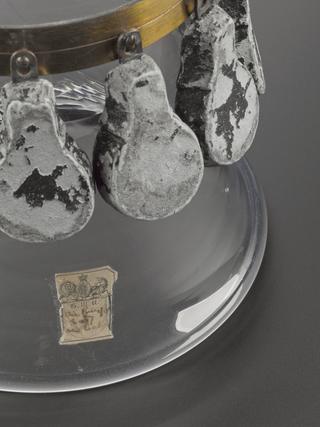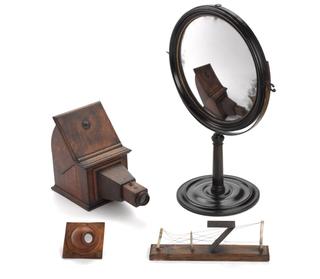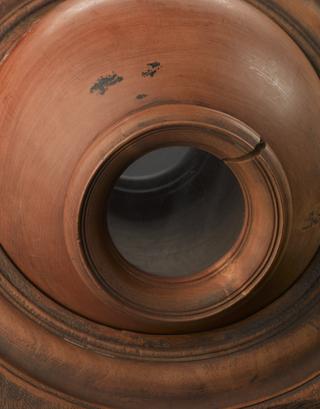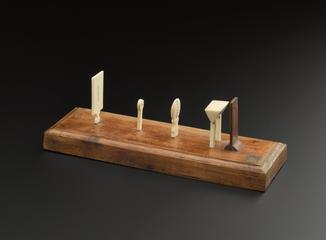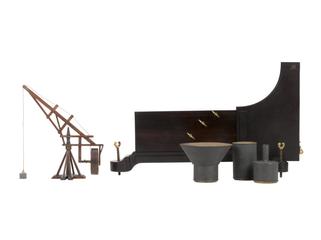
Pair of bar magnets in box








Pair of bar magnets in mahogany box, about 1750.
Artificial magnets were a recent invention in the 1750s, following the work of Canton, Knight, and Mitchell aswell as improvements in steel making.These magnets were part of Stephen Demainbrary's collection of demonstration equipment, which became part of King George III's own collection when Demainbray began working at Kew Observatory.
Details
- Category:
- King George III
- Object Number:
- 1929-102
- Materials:
- incomplete, steel, mahogany and paper (fibre product)
- Measurements:
-
overall (lid closed): 25 mm x 320 mm x 60 mm, 0.93 kg
- type:
- magnet
- credit:
- King's College, London
